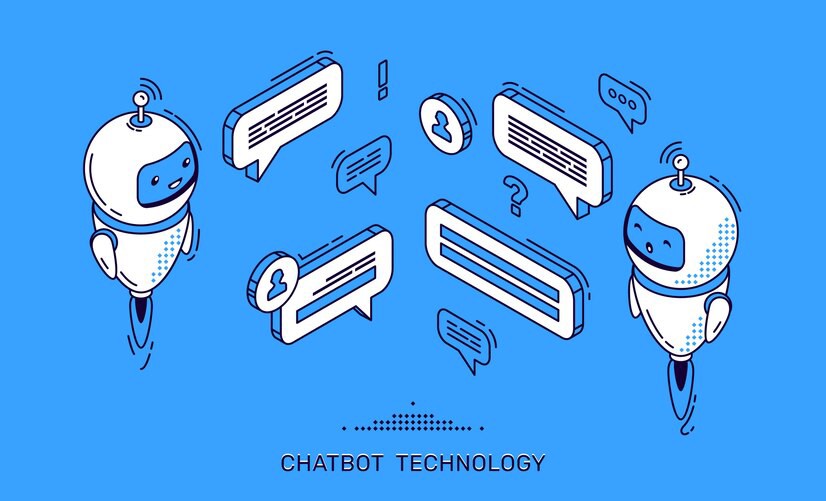
Technologically speaking, it’s certainly a unique time. Just as certain tech companies and technologies were losing momentum, and some thought that the tech golden age was concluding, AI announced itself on the global stage at the back end of 2022.
Now, those in the know had been talking big about AI for the best part of a decade, and those who understand how it works knew that the emergence of ChatGPT wasn’t as surprising as some made out.
Sure, the technology leapfrogged the potential AI had shown thus far. Still, companies, especially big corporations with hundreds of employees staffing their customer service departments, have been trialing the idea of using chatbots and AI since the mid-2010s.
Although chatbots perform very basic tasks, and often the infuriating experience can result in us requesting a human customer service agent, generative AI is developing to such an extent that it has become a much smoother alternative for those looking to raise basic queries with their chosen provider or service quickly.
Exploring AI In Customer-Facing Roles
Aside from large financial institutions, there’s also been a sharp rise in the number of gaming platforms using AI. Digital casinos have been at the forefront of technological changes for over 20 years now, moving from digital platforms to mobile apps and alternate payment method casinos.
Those games that use a live dealer have also moved between virtual ideas, such as automated roulette tables that implement RNG (Random Number Generator) technology.
Online roulette table games cover a wide range of designs, but the idea that they could one day be entirely handled by AI is still such a futuristic concept.
Even in the light of virtual roulette tables, which operate unto themselves because of RNG’s quality and reliability, the idea of an AI dealer being able to engage with people as they play still feels a tad too sophisticated.
As much as the technology is rapidly increasing, and the multi-trillion dollar scope of Microsoft and Nvidia that has stemmed from AI – we’re still a good few years away from the idea that AI would be able to replace live dealers within these specialist gaming environments.
Weighing Up The Pros & Cons
While business leaders will salivate at the idea of ” streamlining” large chunks of their customer service departments, there’s also the argument of whether there’s a net benefit to the broader economy if AI and automation replace millions of customer service jobs globally.
Driving millions of customer service jobs out of necessity and forcing people into a finite number of skills and roles to replace them begs whether automation and widespread customer service chatbots are viable futures for the service industry.
Regardless of whether a chatbot can mirror the human touch effectively is one question, but one question that often gets overlooked is whether those who are interacting with a company want to speak to a robot or whether they’d rather speak to a human being.
High-quality and personable customer service is a rarity in modern-day business. Still, it can be invaluable to a company and crucial in helping it grow and develop a good reputation.
Although there’s a good argument for customer service teams to work with AI, it’s a balancing act, as those who have decades of customer service experience will be keen to utilize the latest tech but aren’t going to be on board with the idea of being completely replaced by it.
However, on the flipside, the growth of the chatbot market is creating a significant number of new jobs in the industry, too.
While these jobs are unlikely to offer suitable replacements for customer service staff who will be deemed surplus to requirements, they also highlight the ever-changing nature of the global economic structure, which has been fluid and ever-changing for over a century.
Final Thoughts
Customer service automation is already well underway and will undoubtedly become more integral to developing customer service strategies for a wide range of businesses.
Aside from skilled customer service roles or management positions, customer service agents who operate as frontline staff are among the first industries to be affected by systemic and widespread change.
Those who make the decisions at the executive level will have to factor in the economic costs alongside the business benefits and find a middle ground that ensures they do not alienate their staff or their customers but also that they do not fall behind other competitors who might be more on board with the idea of mass AI implementation.
If we push the timescale to the end of this decade and the beginning of the next, this could be where we begin to see some of the more noticeable changes.
However, given the speed at which Nvidia is growing and the amount of money piling into AI development and research, who knows whether this timeline might end up much shorter?